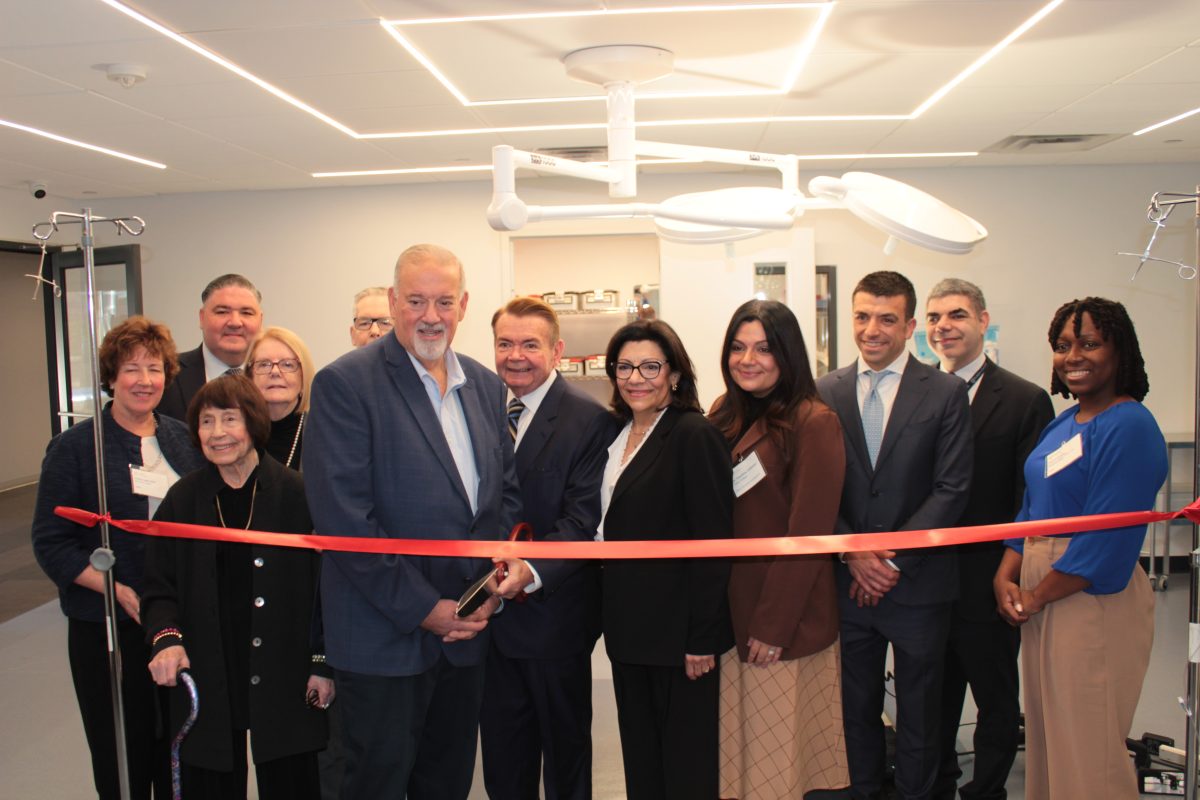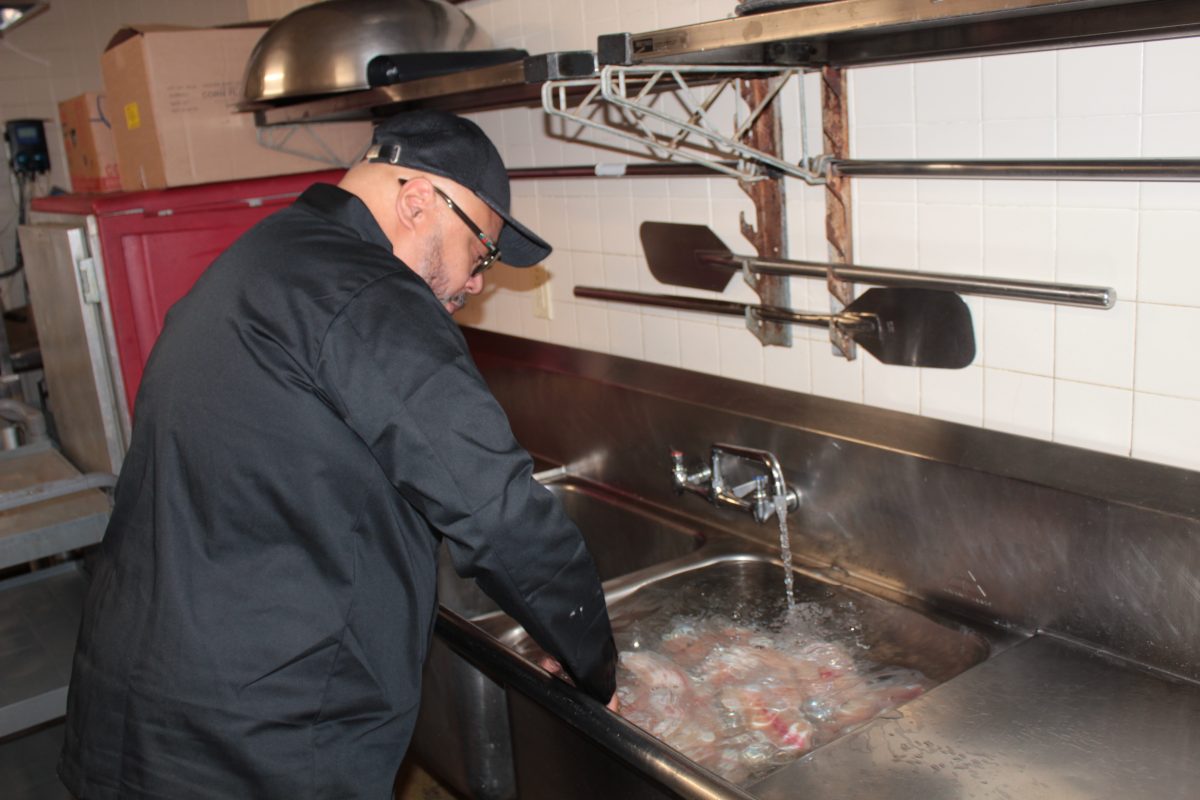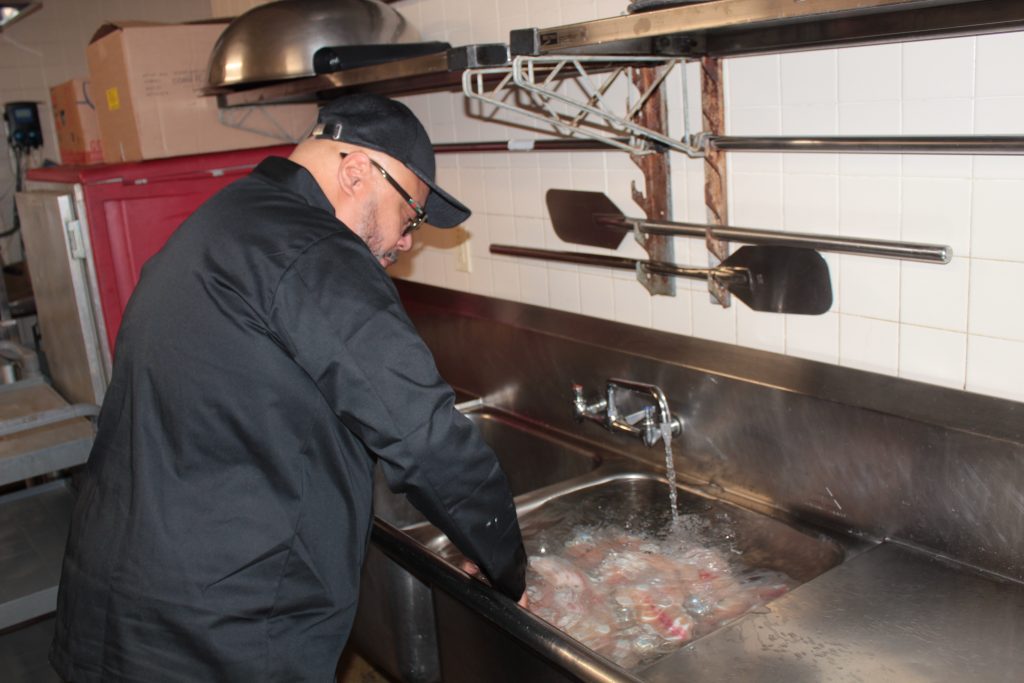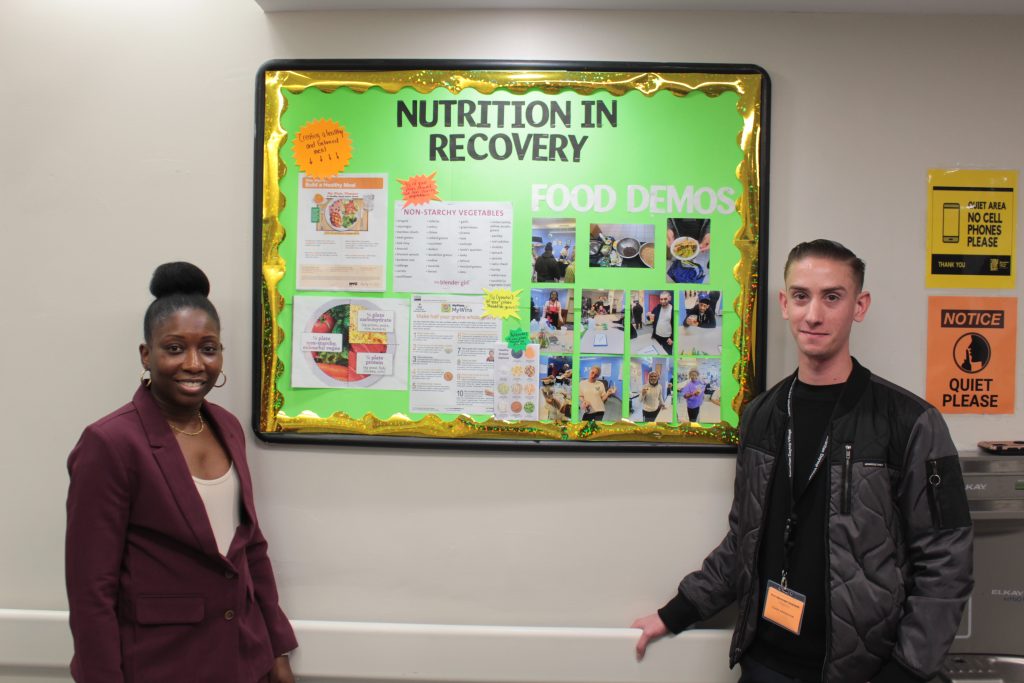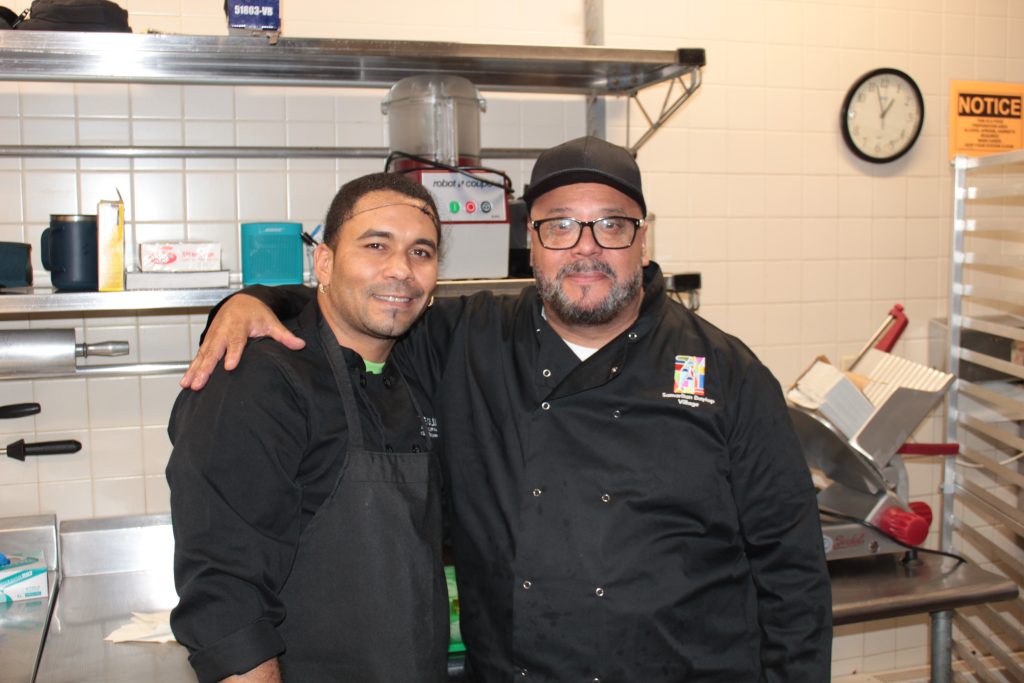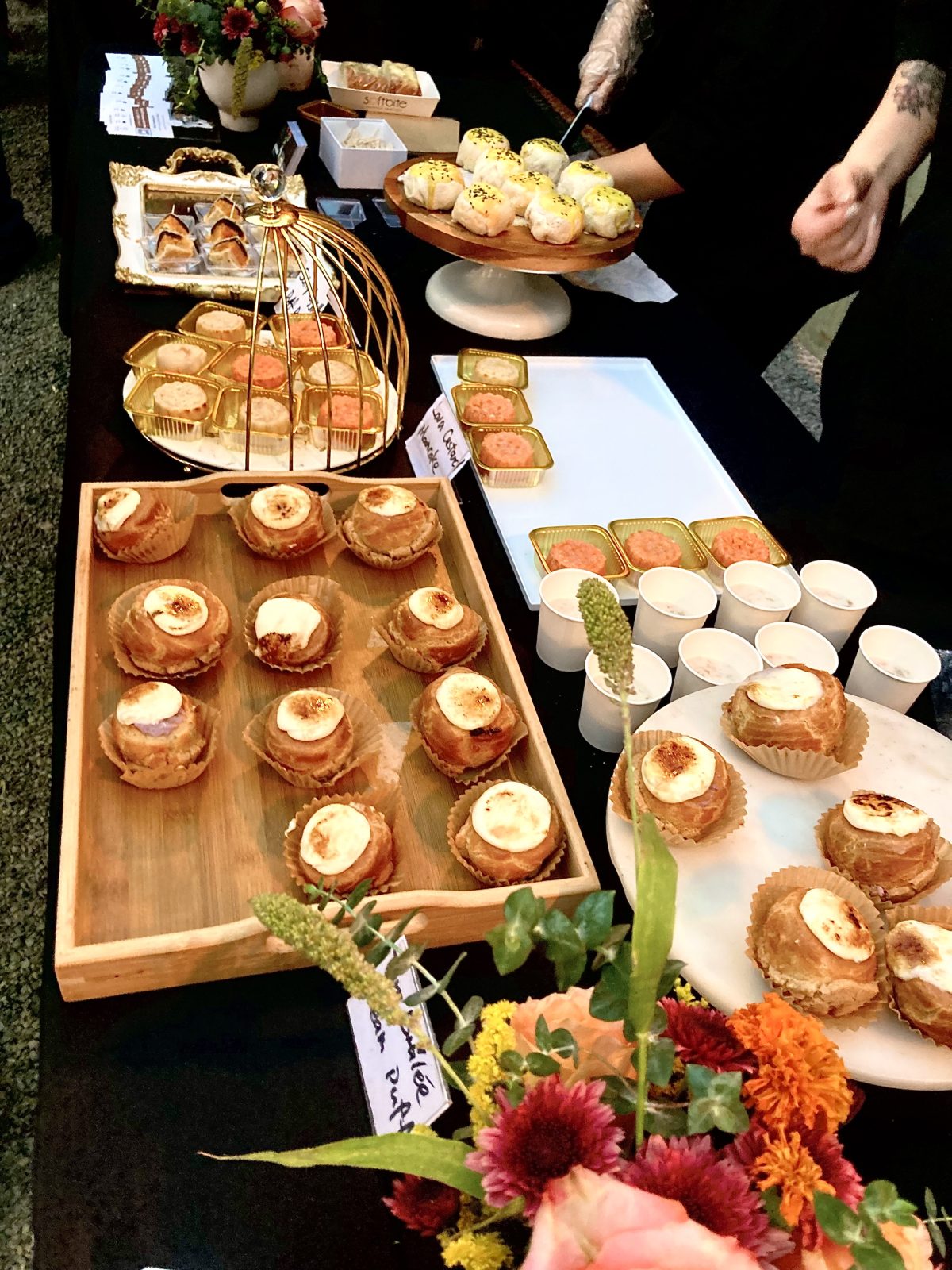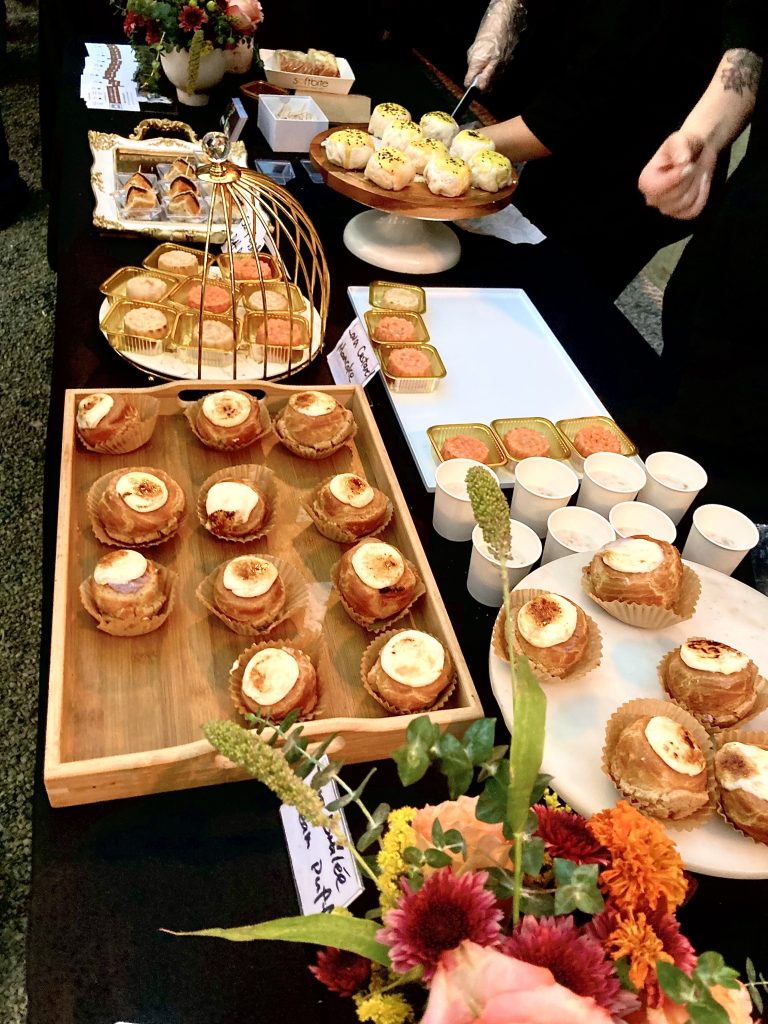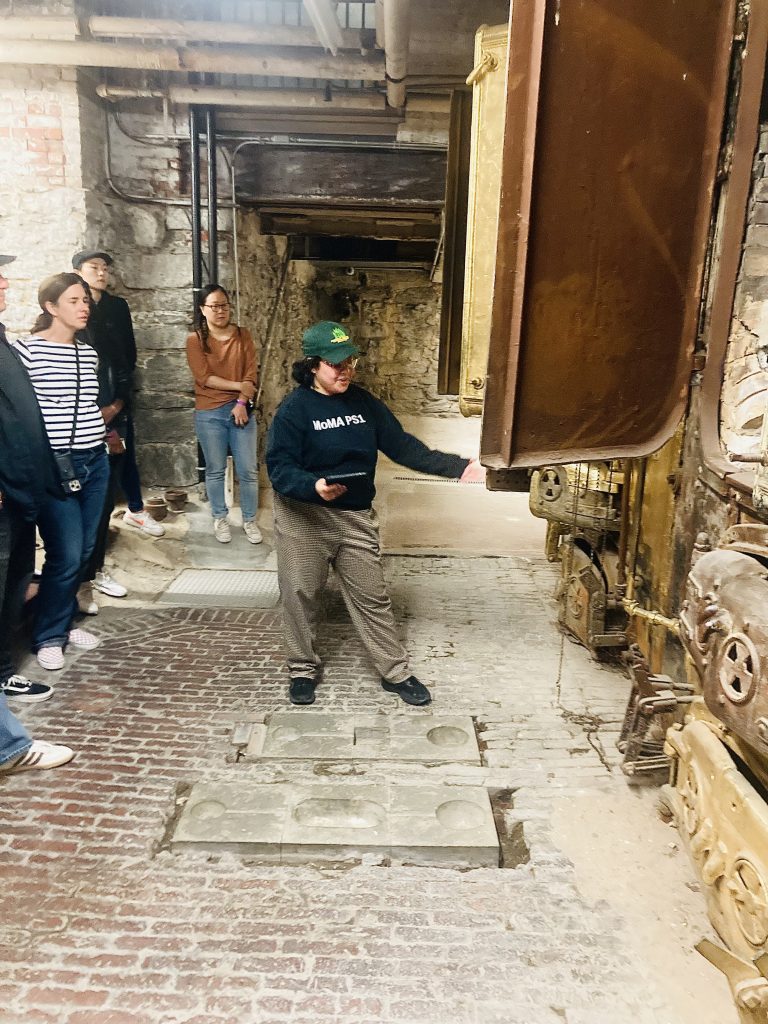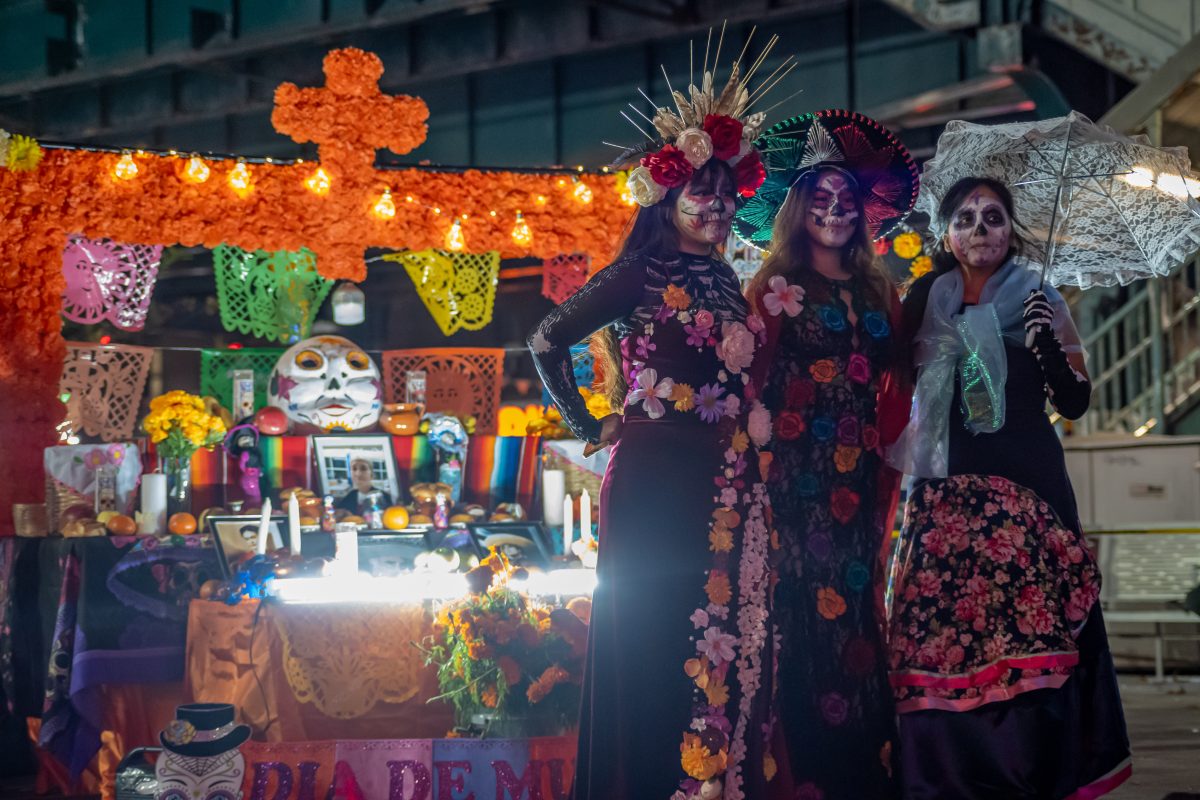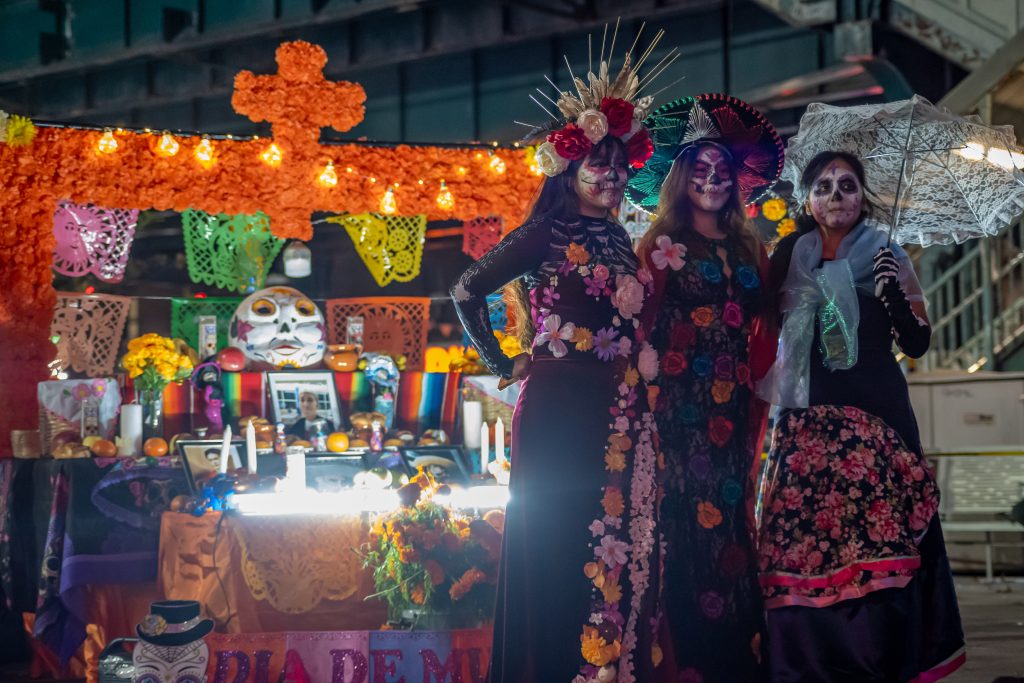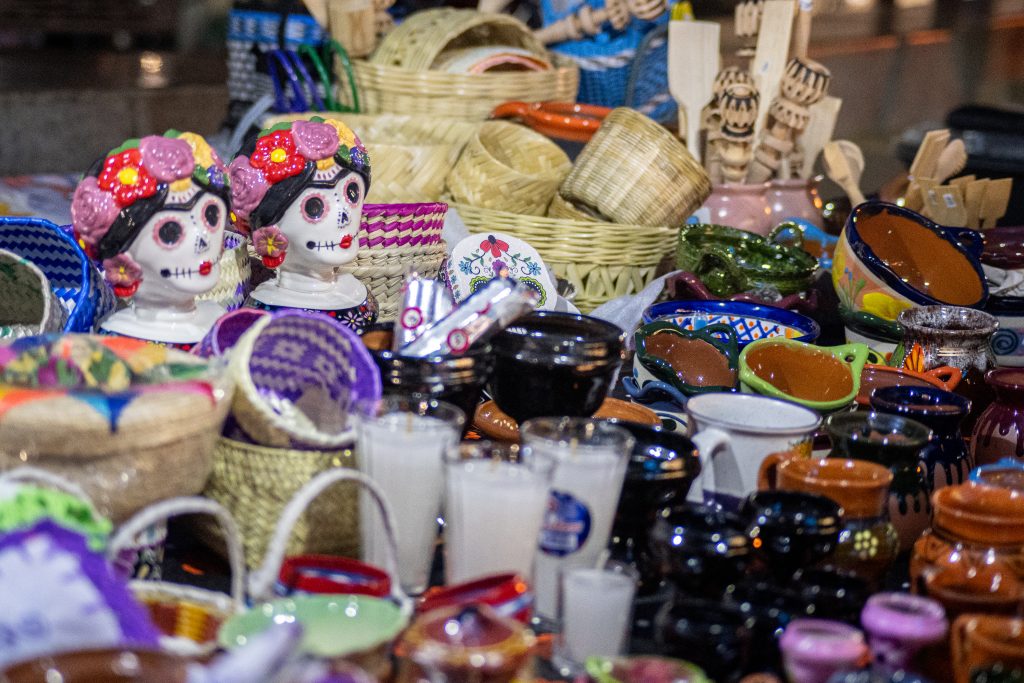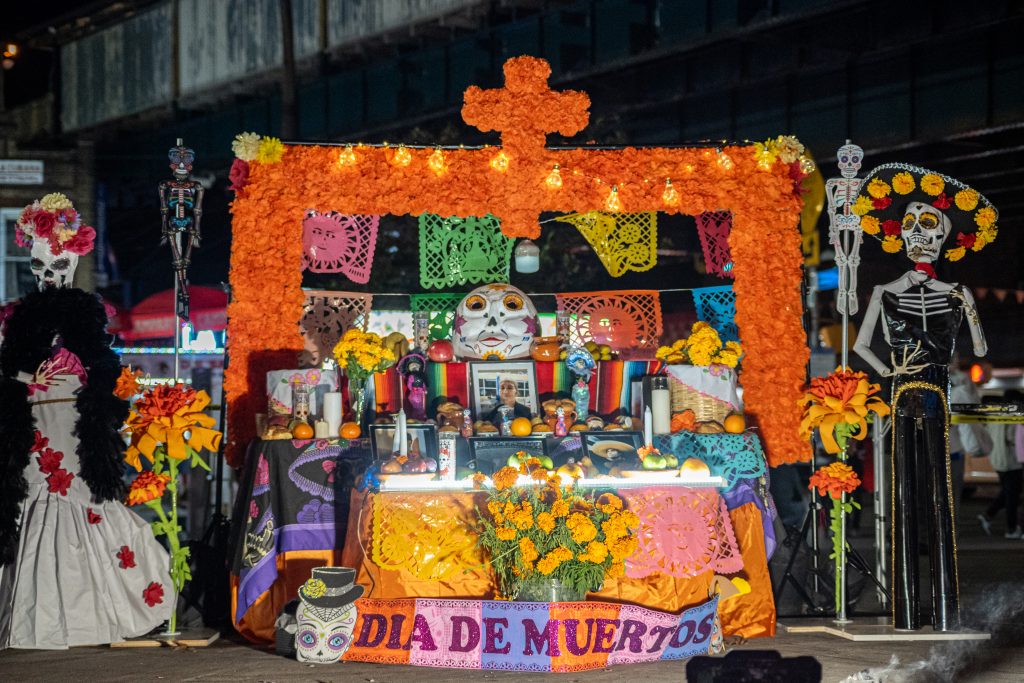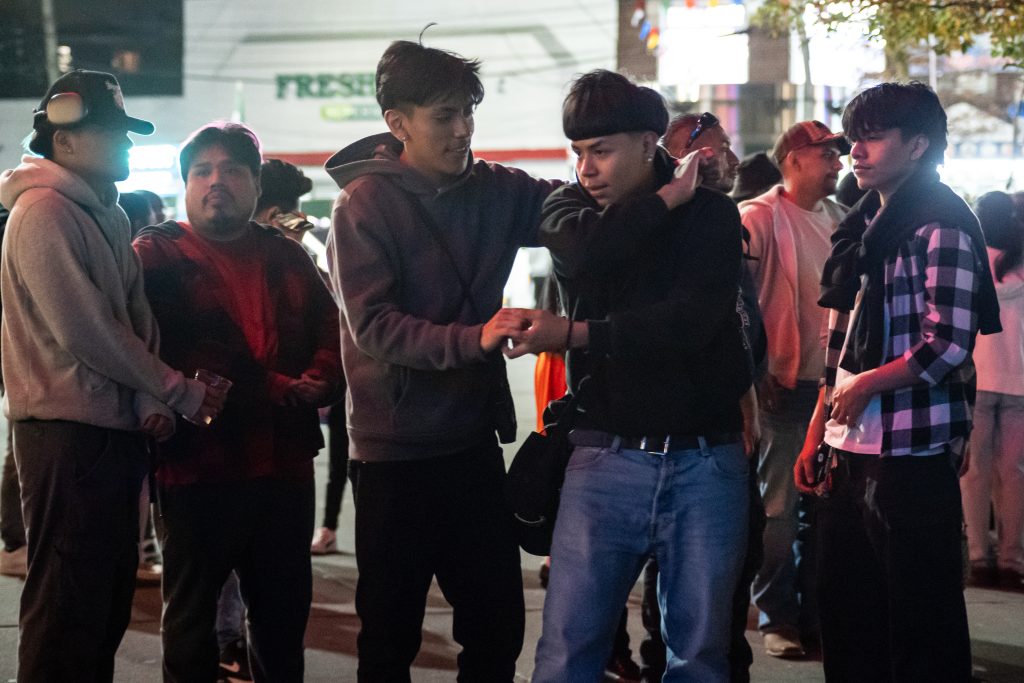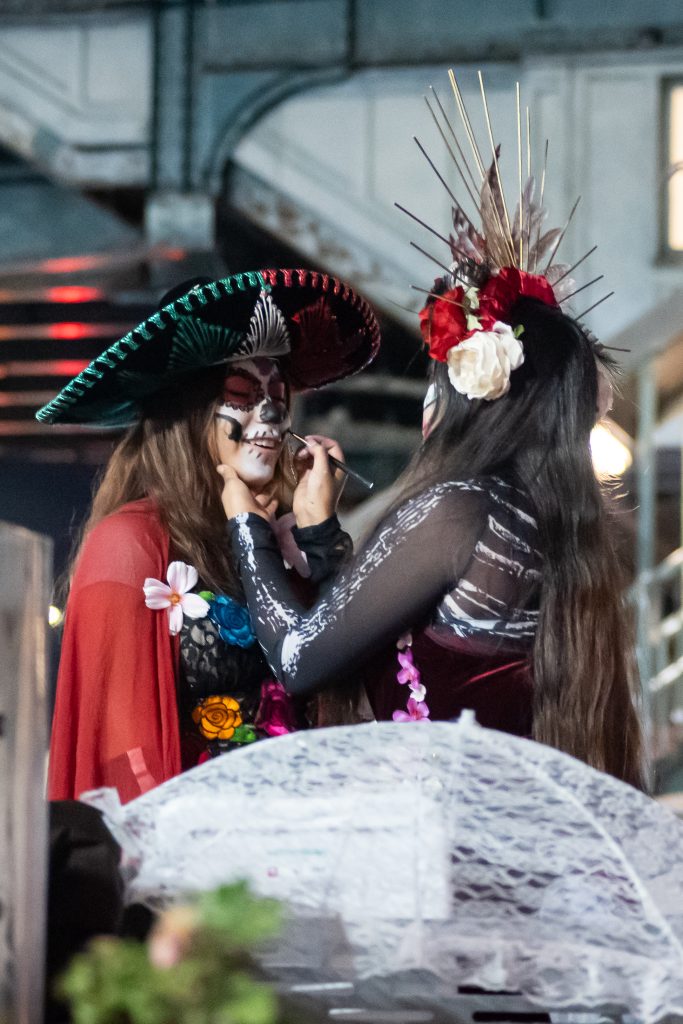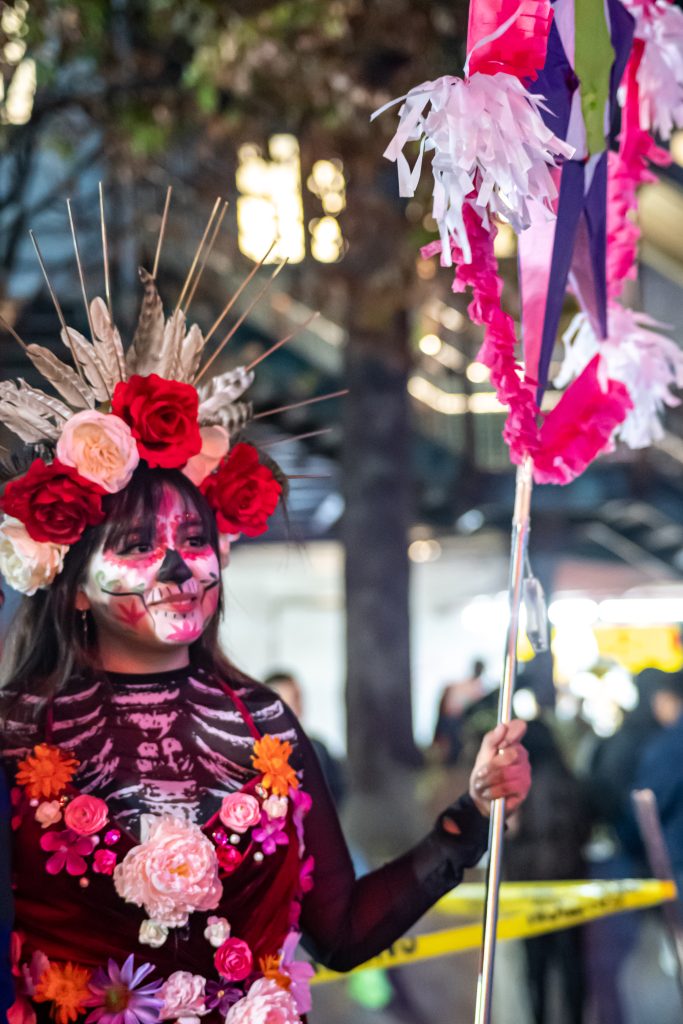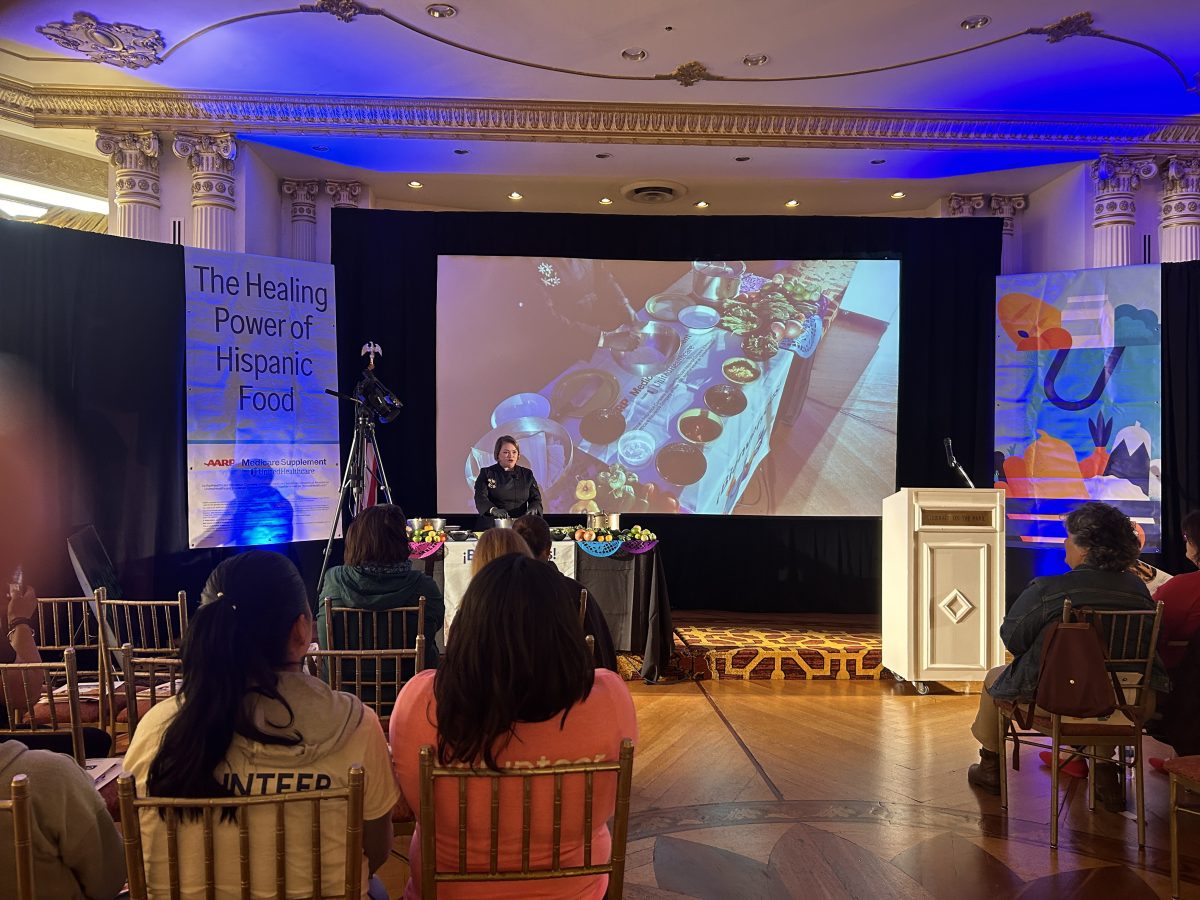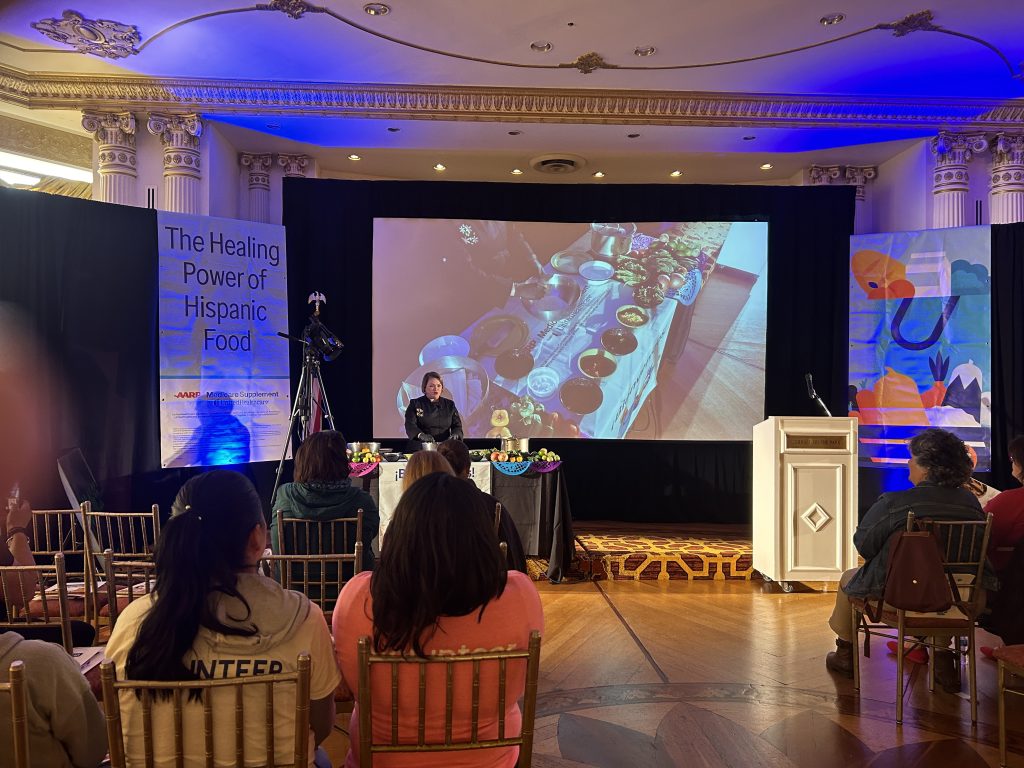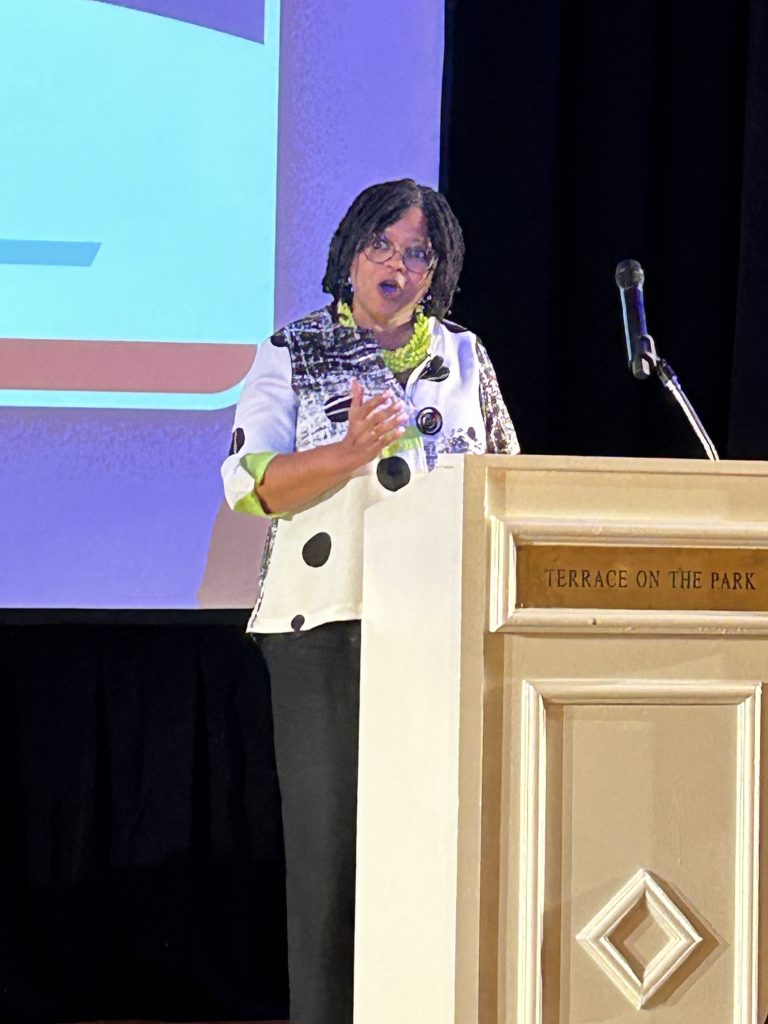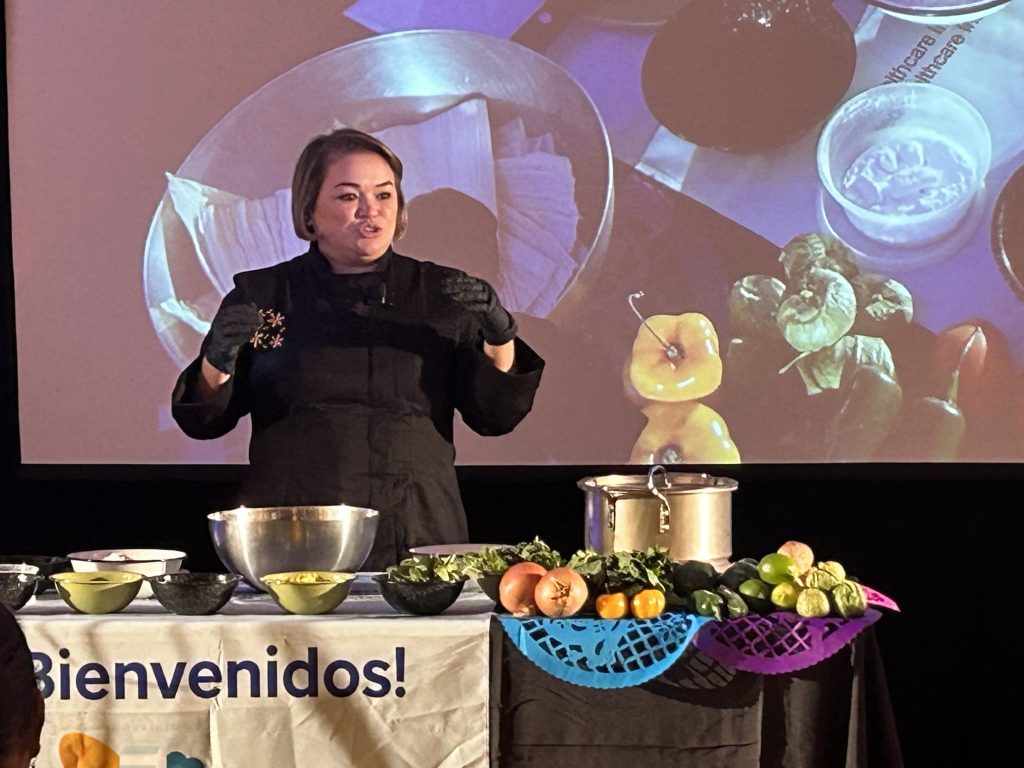Plaza College Launches Queens’ First Surgical Tech Learning Center
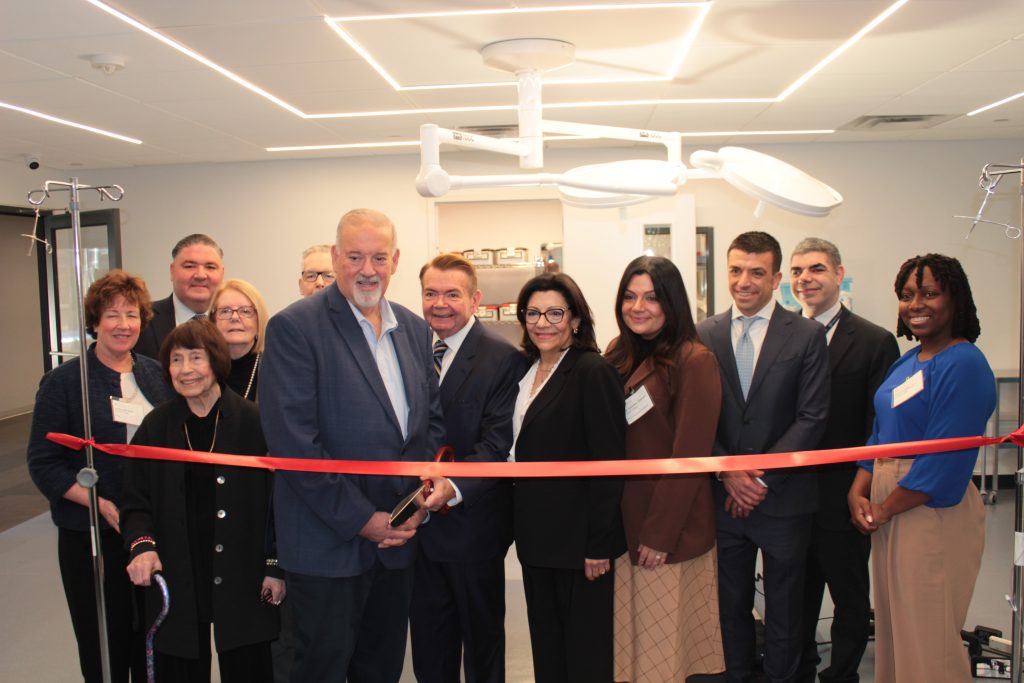
Plaza College unveiled Queens’ first surgical technology learning center, a $1 million state-of-the-art facility, to launch its exclusive Surgical Technology Degree Program.
By MOHAMED FARGHALY
mfarghaly@queensledger.com
Plaza College celebrated a milestone on Friday, unveiling Queens’ first surgical technology learning center during a ribbon-cutting ceremony at its Forest Hills campus. The $1 million state-of-the-art facility, designed to replicate operating rooms found in New York’s premier hospitals, marks the launch of Plaza’s new Surgical Technology Degree Program—the only one of its kind in Queens.
Leaders from six top hospitals, including NewYork-Presbyterian, Elmhurst, Jamaica, and Mount Sinai, joined Plaza College faculty, students, and community leaders for the ceremony. Among the guests were Queens Chamber of Commerce President Tom Grech and FDNY EMS President Oren Barzilay.
Grech highlighted the borough’s diversity, emphasizing how the new program at Plaza College reflects the inclusive future of healthcare by preparing a diverse cohort of professionals. He acknowledged Queens’ historical challenges as a “hospital desert” but praised initiatives like Plaza College’s training programs for addressing staffing needs and supporting local hospitals.
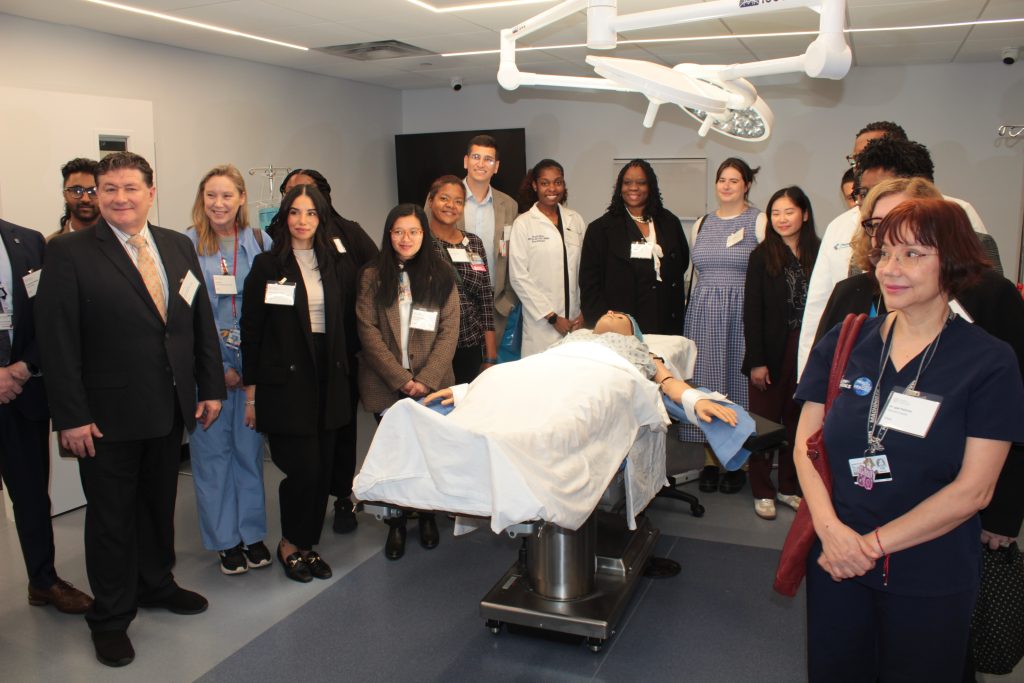
The program aims to address the growing demand for Certified Surgical Technologists, offering hands-on training in a cutting-edge environment to prepare students for high-stakes operating room careers.
“You can see the wide array of diversity here, women and men, people of color that are the next generation of health care for our for our county,” Grech said. “We’re fully in support of this plaza has been a loyal member since their founding in 1916 and we’re here to help them any way we can.”
Certified Surgical Technologists (CSTs) play a vital role in operating rooms, working alongside surgeons to maintain safety and efficiency during procedures. According to the National Institutes of Health, surgeries generate nearly half of a typical hospital’s revenue, making the shortage of CSTs a significant concern for the healthcare industry.
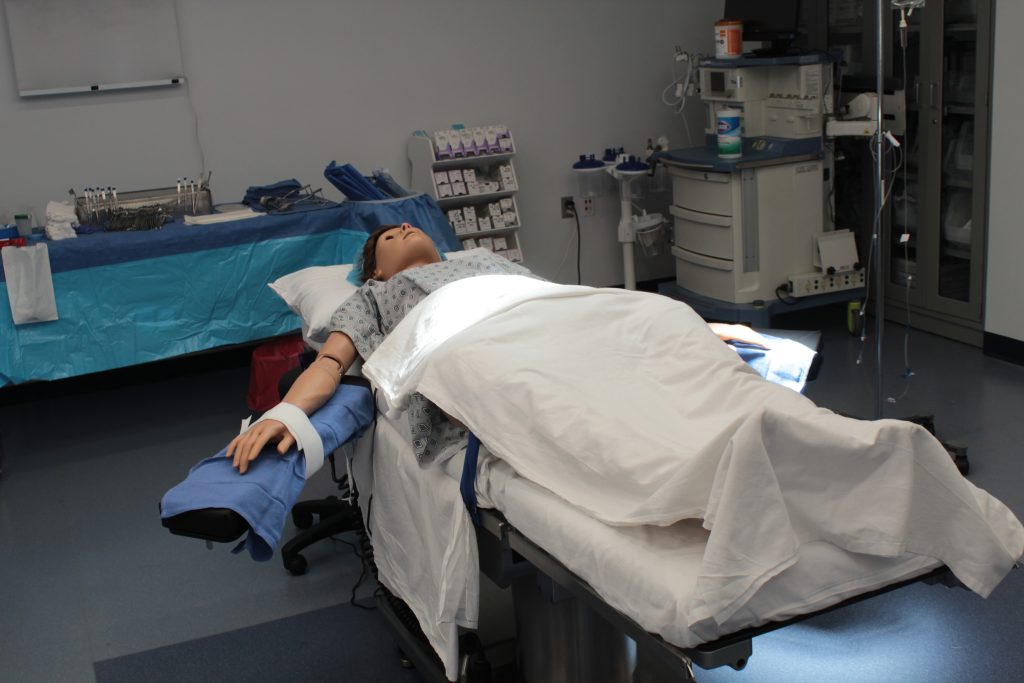
Plaza College’s 20-month program aims to address this gap, offering hands-on training in a cutting-edge simulation environment. “This immersive training environment allows us to refine our technical abilities and prepare for the high-stakes environment of surgery,” said Kaylee Venta, a student in the program’s inaugural cohort.
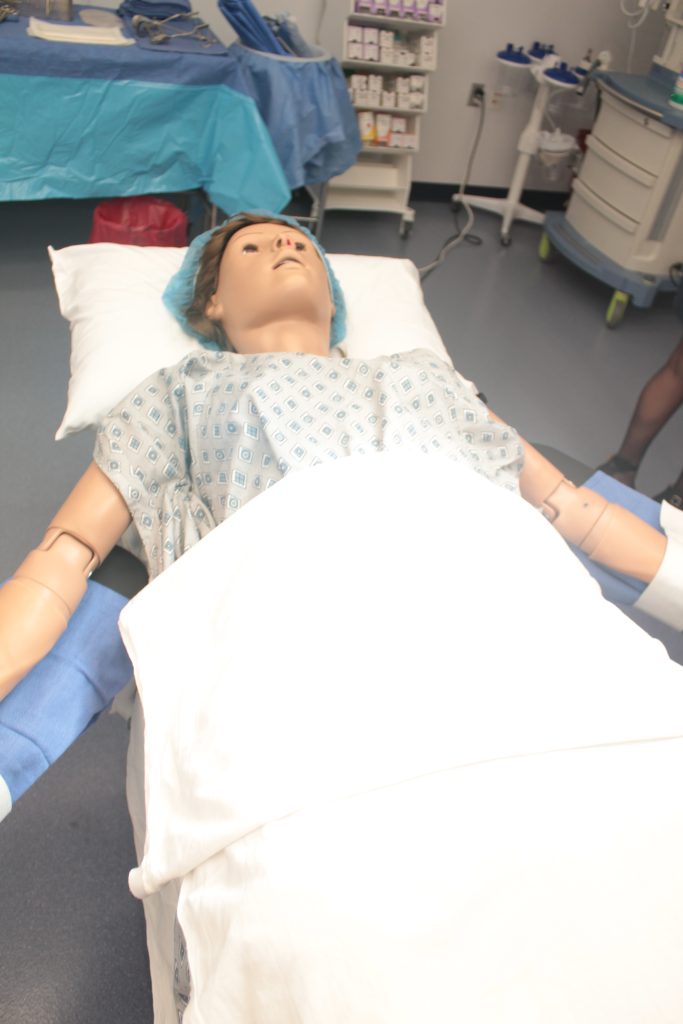
Venta, who shared her journey from medical assistant to surgical technology student, emphasized the program’s impact on her career. “The surgical tech program gives us the skills and confidence to succeed in real-world operating rooms,” she said.
The need for healthcare workers in New York City is growing rapidly. Healthcare employs over 750,000 people—20% of the city’s workforce—and contributes $201 billion annually to the state’s economy, according to the Healthcare Association of New York State.

With its cutting-edge facility and innovative program, Plaza College has positioned itself as a leader in surgical technology education, equipping students to meet the challenges of a dynamic and essential field.


